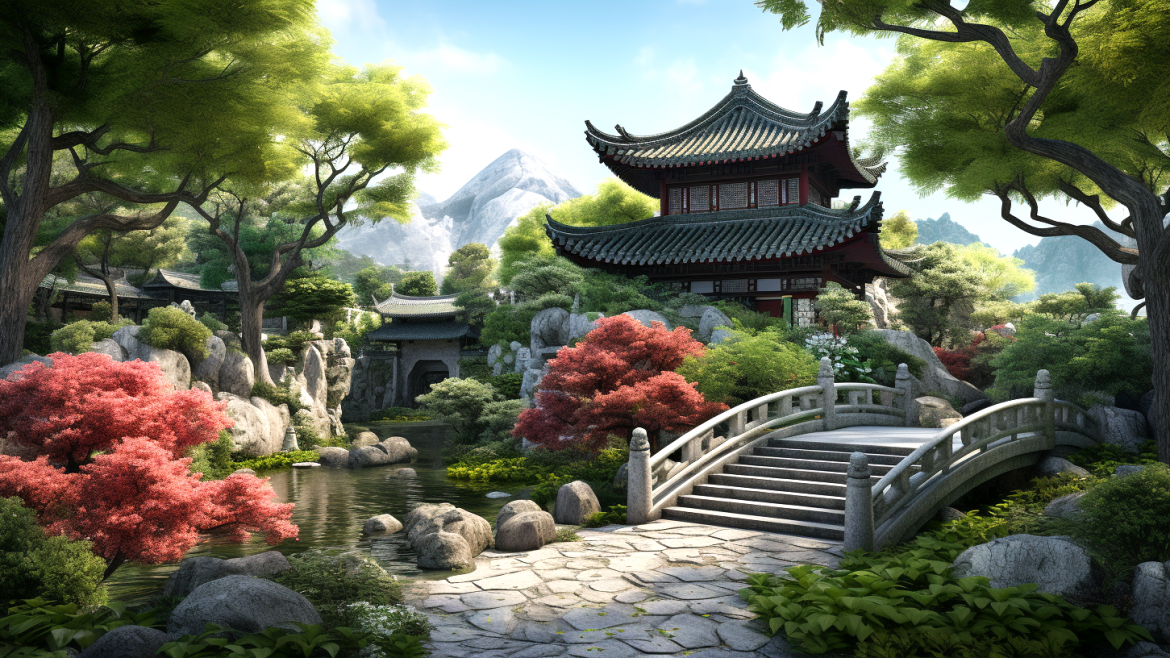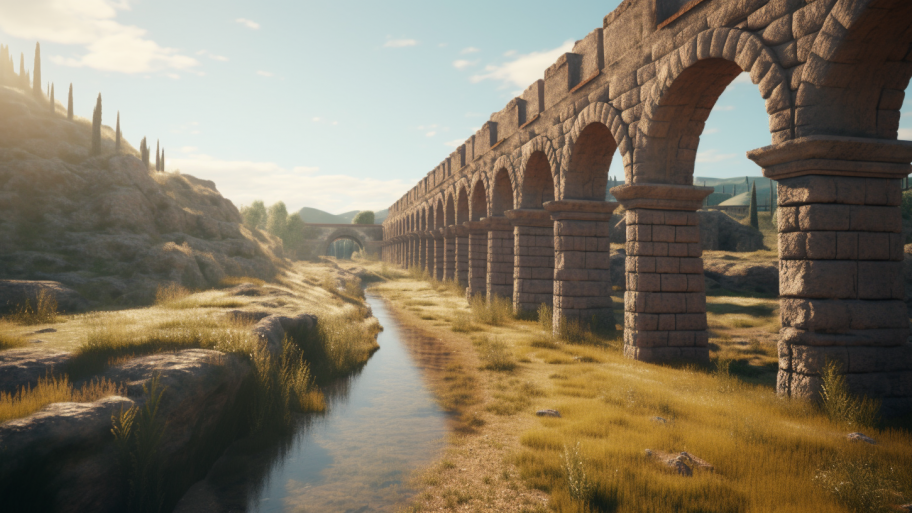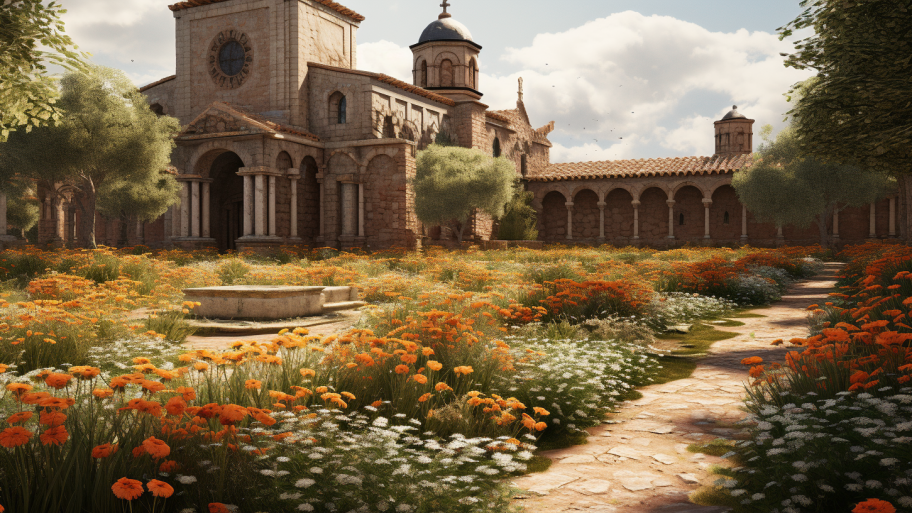Chinese gardening and agriculture have a rich history spanning thousands of years, with deep connections to the country’s culture, philosophy, and artistic traditions. Rooted in ancient wisdom and a deep understanding of nature, Chinese agricultural practices and garden design have not only sustained a vast population over millennia but also inspired some of the most enchanting and harmonious landscapes known to humankind.
The development of Chinese agriculture dates back to the Neolithic era, when early settlements began to cultivate crops such as millet, soybeans, and wheat. As Chinese civilization progressed, so did its agricultural techniques and knowledge, leading to the emergence of sophisticated systems of irrigation, crop rotation, and pest control. The Chinese also made important contributions to the fields of plant breeding and hybridization, resulting in a rich variety of crop cultivars that have shaped global agriculture.
Chinese gardens, on the other hand, have been an integral part of the country’s cultural heritage for over two thousand years. These exquisite spaces are designed to harmoniously blend architecture, plants, water, and rocks, creating tranquil retreats that evoke the natural beauty of the surrounding landscape. The art of Chinese garden design is deeply influenced by philosophical concepts such as Confucianism, Daoism, and Buddhism, which emphasize the importance of balance, harmony, and the interconnectedness of all living things.
One of the most distinctive features of Chinese gardens is their use of borrowed scenery, or “shakkei,” a technique that artfully incorporates distant natural elements, such as mountains or rivers, into the garden’s design. This approach not only enhances the visual appeal of the garden but also fosters a deep sense of connection with the broader landscape.
Another key element of Chinese gardens is the careful arrangement of rocks and stones, which are considered as important as plants in the overall composition. These rocks, often sourced from distant locations, are meticulously placed to create a sense of depth, movement, and balance within the garden. The artful interplay of rocks, plants, and water is a testament to the skill and creativity of Chinese garden designers.
Throughout its long history, Chinese gardening and agriculture have continually evolved, integrating new ideas and technologies while preserving the timeless principles that have guided them for millennia. As we delve further into this fascinating journey, we invite you to join us in exploring the next article in our series on ancient Chinese gardening, which focuses on the remarkable significance of rice cultivation. Discover the intricate methods and innovations that have shaped this essential crop’s cultivation and learn how it has shaped Chinese culture and society throughout the ages. Don’t miss this opportunity to immerse yourself in the captivating world of ancient Chinese horticulture and agriculture, and uncover the lasting impact it has had on the world.




